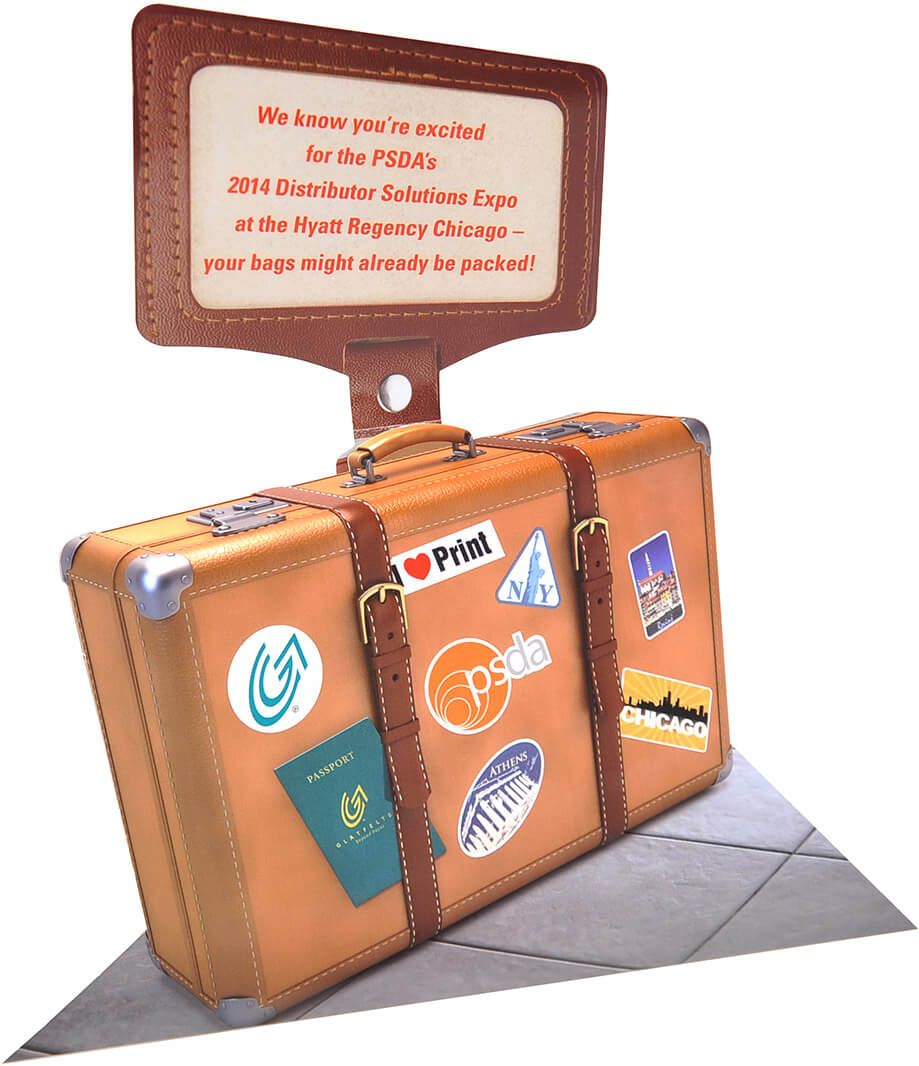F.P. Horak is evolving: A personal note from CEO Marisa Belotti
Longtime Great Lakes Bay Region Printer F.P. Horak Announces Reorganization, Strategic Alliance and Planned Move.
75-year-old company evolves for high-demand, integrated marketing, technology-driven solutions at new location.
(Bay City, Mich.) Today, longtime printer F.P. Horak announced that it will be reorganizing, aligning new services and relocating its business from its current Bay City, Mich., site to a proposed new facility in Saginaw, Mich. Company leadership said the reorganization will include a distribution model, alignment of integrated marketing services and investment in technology solutions to better accommodate a planned evolution.
F.P. Horak President Marisa Belotti said she believes the company’s business model and philosophy that acknowledges a constant need to adapt to rapidly changing technologies have allowed it to thrive for more than 75 years. She said company leadership is focused on its history, employees, families and communities to continue that trajectory by investing in areas of surging opportunity.
“It’s no secret that the printing industry has been facing headwinds since the advent of digital solutions and changing customer needs,” said Belotti. “We’re excited to continue navigating these seas—albeit in a better ship that is more suited to weather what we see ahead of us as the industry continues to evolve.”
Belotti said the change involves a restructuring in staffing resources to better streamline operations and retool for the more robust technology-driven offerings the company offers and plans to increase. The company will strategically align with long-time partner, M3 Group, a full-service marketing and public relations firm, to provide critical creative, omni-channel services that today’s clients need and rely on for continued growth.
Part of the transition also includes a purchase agreement for the sale of the current F.P. Horak building at 1311 Straits Dr. In Bay City to a newly formed semiconductor material company. The company will begin the transition to the new proposed site, which Belotti said is better suited for the newer business model and future growth, in Saginaw in the coming weeks.
F.P. Horak currently employs 79 people in its Bay City facility. The reorganization will reduce the company’s current staff over the next 4-to-6 months. Belotti said the company is offering multi-tiered compensation packages to displaced employees as well as an opportunity to work with re-employment professionals, among other initiatives. She also said leadership is committed to working hard to help relocate personnel as well as to foster optimism across the organization and community as the company positions itself to continue leading in its industry in the future.
“Small business is always about incremental change in the face of challenges and opportunities—my grandfather and father had to make small and large changes to the company over its 75-year history to keep us moving forward,” she said. “This market-demand evolution allows us to reduce overhead and continue our legacy of adapting to the needs of our customers. Our organization’s core values guide us through this evolution and give us the foundation to be nimble and creative in our plans moving forward.”
The F.P. Horak Company is a full-service print and marketing solutions company in the Great Lakes Bay Region of Michigan. It offers a wide variety of technologically advanced print and marketing services aimed at providing solutions to challenges client’s face in today’s marketplace. For more information and updates, go to FPHorak.com.


